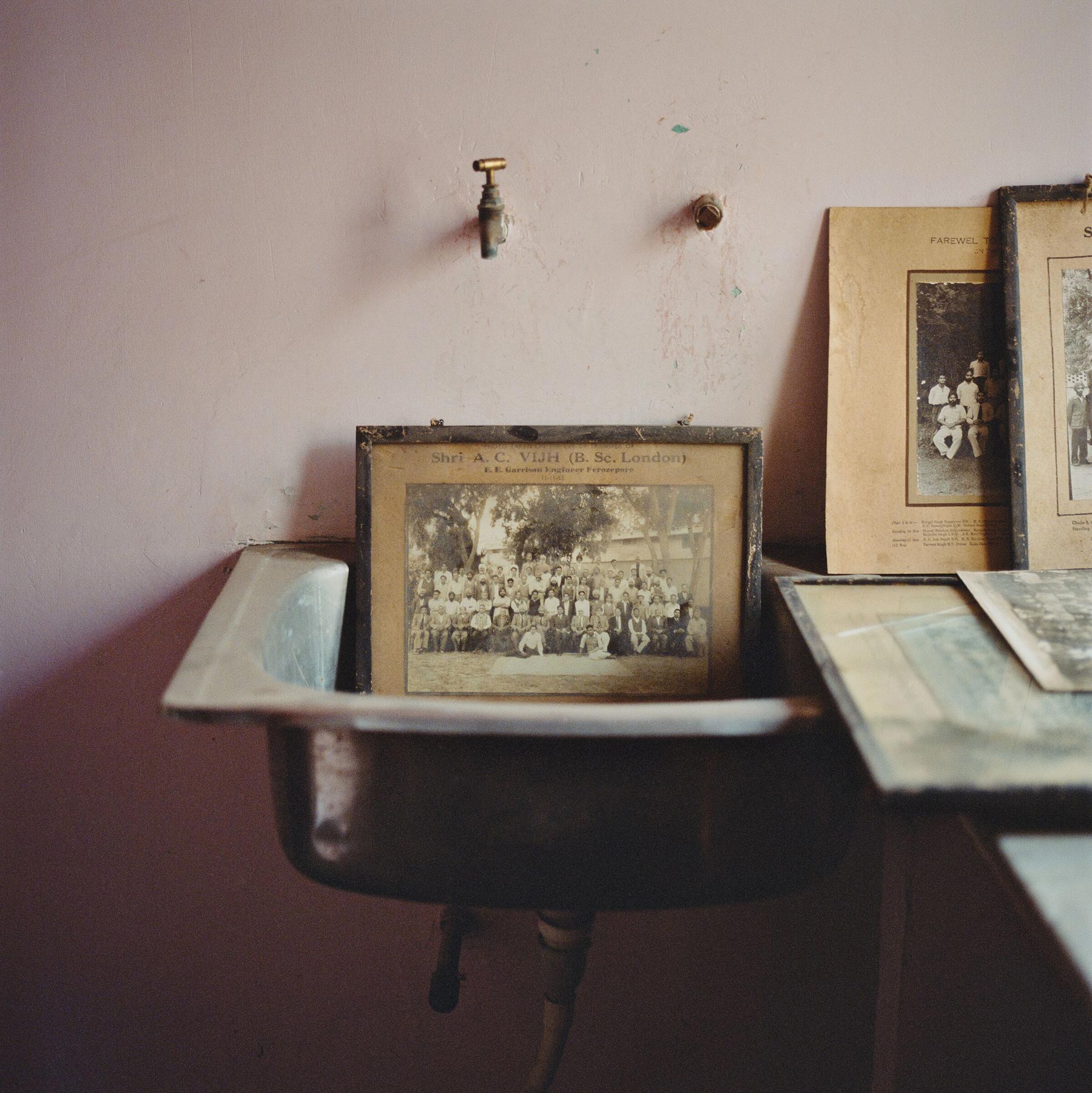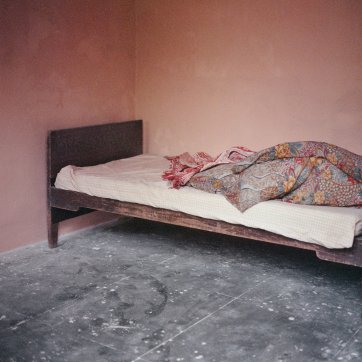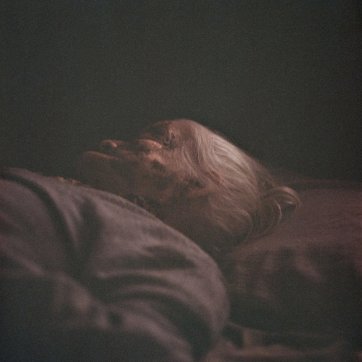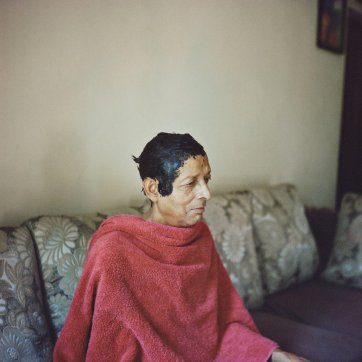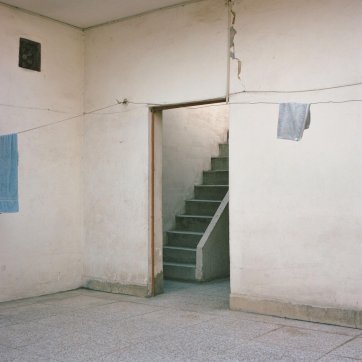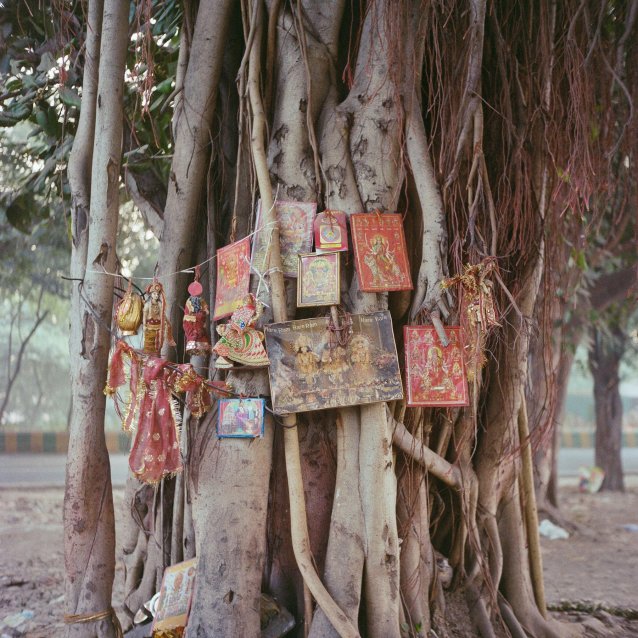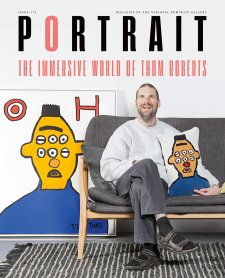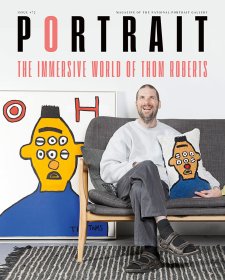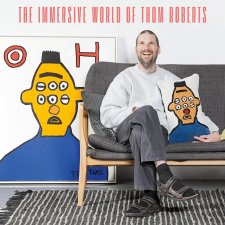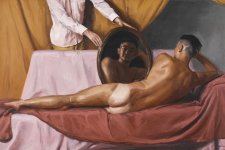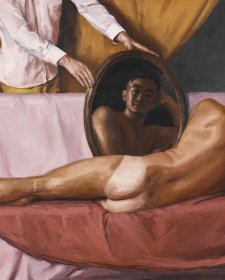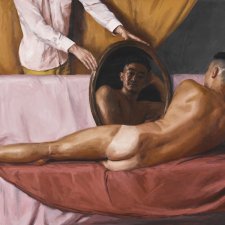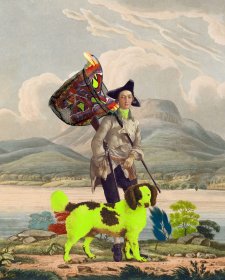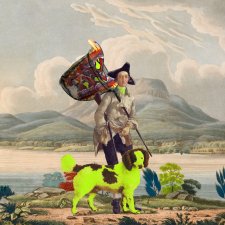Loved ones captured in moments of repose and stillness, spaces illuminated by patterns of movement, inanimate objects rendered alive by the weight of memories they hold. Indian-Australian artist Anu Kumar’s soft photographic observations of everyday family life in her hometown of Kavi Nagar in the northwestern city of Ghaziabad in India acknowledge the deep strength of familial ties unfractured by migration, the preservation of inherited gestures and traditions, and the importance of archiving as a means of safeguarding personal and collective histories.
Kumar’s latest series of photographs, on display as part of the National Portrait Gallery’s exhibition if only we could take the time: contemporary Australian photography, is a mix of previously exhibited works – some of which feature in her 2022 photobook Ghar, meaning ‘home’ in Hindi – and new works. Despite the demarcation and labelling required by the necessity of assemblage, Kumar prefers to think of her practice as a continuous one. ‘I don’t want to see my work as part of different series. It’s all part of the same lineage of me telling this one story. I want to think of it as a full archive of work; these books and exhibitions are moments of punctuation throughout this journey of me archiving my family.’
Based in Melbourne, Kumar would regularly journey back to Kavi Nagar in her childhood but for the first time in her early twenties, she turned to photography to bridge the dislocation between the place of her birth and the place she lives. Armed with a medium-format camera, Kumar has spent prolonged periods over several years visually recording the in-between moments that may otherwise pass unacknowledged. A decade on, it remains an exercise in learning about her family, India and, in the process, herself.
